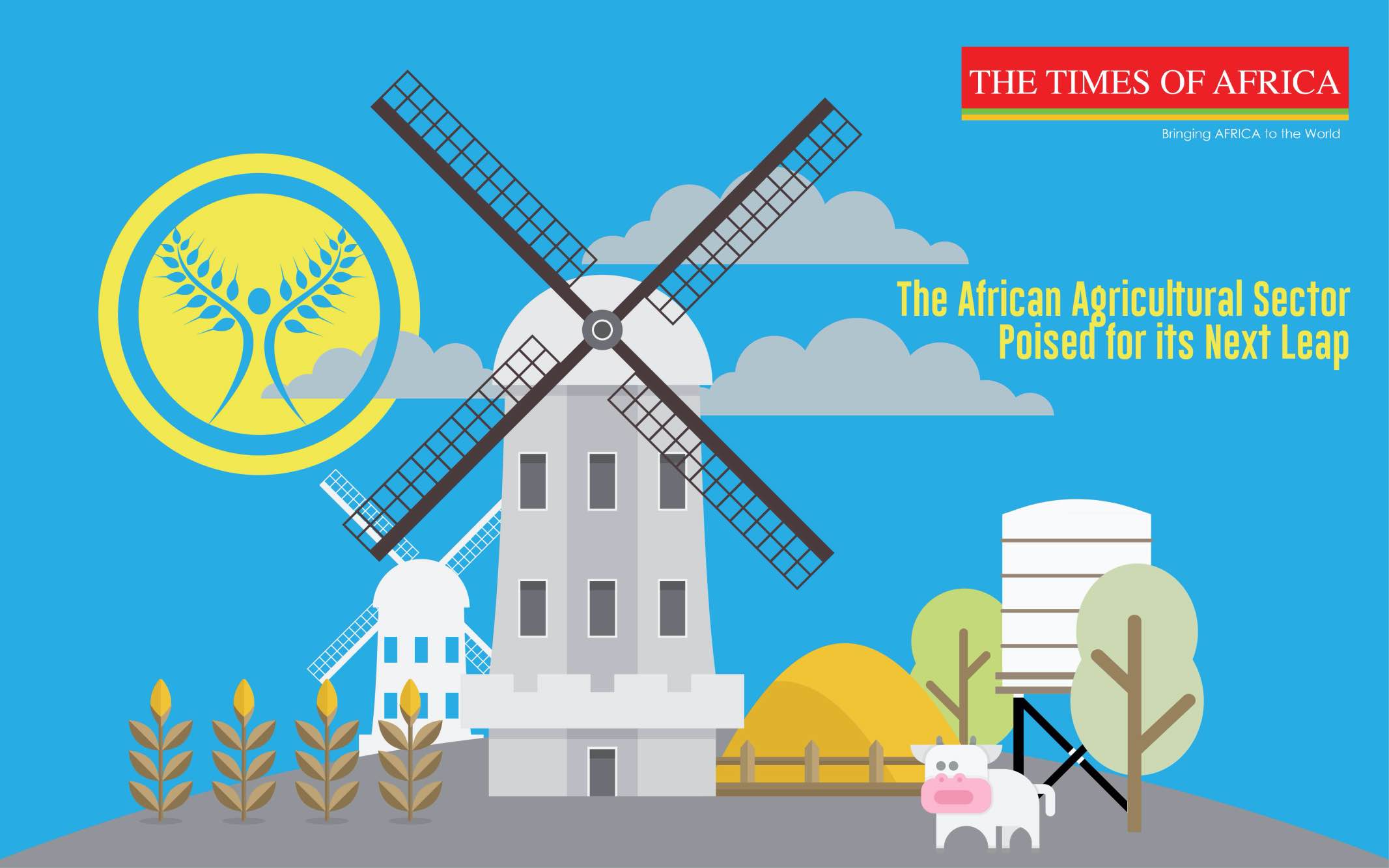In our last article, we gave you a glimpse of the agricultural business scenario in Africa. In this article, we shall be presenting you with a few more analyses and insights for doing business in the sector.
Africa is a vast continent with a total land area of over 30.4 million sq. km. with diversified climate. From tropical climates with rainforest vegetation concentrated in its southern and central regions to the dry areas in the Sub-Saharan region, the variety of seasons makes Africa perfectly suitable for a mixed agriculture output. Which, in turn, makes up for a substantial potential asset for raising the economic levels of the masses if coupled with the right technologies. According to a recent report published by McKinsey, if Africa focuses on its agriculture productivity it can easily increase its production of cereals, grains, horticultural crops and livestock by approximately three folds vis-a-vis its current output. Over the last thirty years, the agricultural production boost in Africa has primarily come from its rain harvested food crop production like rice cultivation. Compared to the Asian countries, Africa, therefore, still has a long way to go as far as the usage of the latest technology and the latest methods of implementation are concerned. As per the UN Food and Agriculture Organization (FAO), the tractor usage in Sub-Saharan Africa is only limited to 5% as compared to 60% in Asia. Also, the plantation methods employed by the farmers are restricted to mostly hand-held tools. So much so that even its fertiliser consumption amounts to only 3% of the world’s total consumption. Raising crop production in terms of hectare area would, hence, take a long time unless proper implementation methods are executed immediately.
There are challenges in irrigation facilities as well. While the cultivable land remains considerably low at 6%, the continent’s growing population and consumption are likely to push up its consumer demand to approx. $1 trillion by 2030.
The current staple crops in Africa consist of rice, potatoes, sweet potatoes, cassava and plantains, with the export-grade crops including citrus, dates, olives, cocoa, cotton, peanuts, cashew nuts, palm oil, coffee and vanilla.
Long-term investments in the African agricultural sector can, therefore, be made in:
Engineering and Consultation Business:
- Providing consultation to the local farmers and educating them on the appropriate fertilisers that can be used for specific crops for increasing their productivity
- Extending support to the local farmers for the usage of best technology, tools and irrigation methods
- Providing technical supply of agro-tools and machineries like harvester combines, irrigation pumps, etc.
Developing and Maintaining Education Channels and Research Groups:
- Employing a team of experts to circulate weekly news on the latest scientific updates
- Organising technical sessions on agriculture methodologies and implementations
- Conducting research on soil and suggesting the most effective crop(s) for maximising revenues
- Developing mobile apps for farmers’ guidance on the various FAQ’s that can be raised by them




